
How Can You Avoid Costly Mistakes in Your Packaging Procurement?
October 13, 2025 • Mike Lee
You're ready to source packaging, but you're worried about hidden costs, quality issues, and disastrous delays. One wrong decision could jeopardize your entire product launch and strain your budget to its breaking point.
Avoid procurement mistakes by thoroughly vetting your supplier, aligning the packaging with your brand identity from day one, and legally protecting your custom designs with a non-disclosure agreement (NDA).

Your insight about private molds and confidentiality is something I stress with every client. A few years ago, a startup with a brilliant, unique bottle design came to us. They were in a panic. They had verbally shared their concept with a trading company that didn't have its own factory. Weeks later, they saw a suspiciously similar design being offered by another brand. They had no legal protection. The first thing we did was sign a comprehensive NDA. It’s not just a formality; it’s the foundation of trust that allows for true innovation and partnership.
How Can You Choose a Truly Reliable Packaging Supplier?
Every supplier website looks professional and promises high quality. You struggle to tell the difference between a real manufacturer with deep expertise and a simple trading company that just outsources everything.
Identify a reliable supplier by looking for verifiable proof of their capabilities. Check for ISO certifications, ask about their in-house machinery and production capacity, and confirm they have an integrated design-to-production process.
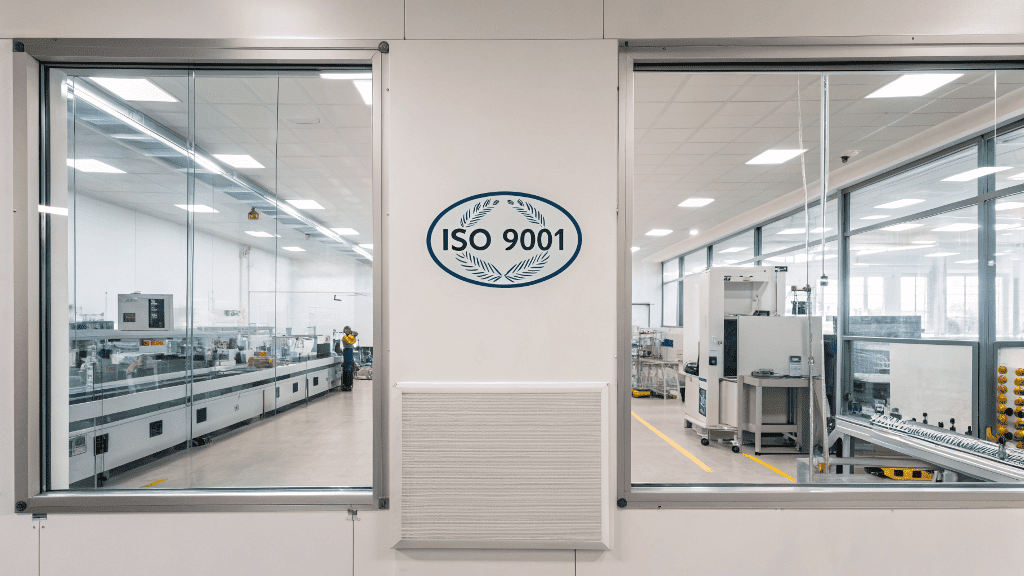
Choosing the right partner is the single most important decision you'll make in the procurement process. A great supplier is more than a vendor; they are an extension of your team. You need to look past marketing claims and evaluate their core infrastructure.
| Red Flag Supplier | The Ideal Partner (like Rland) |
|---|---|
| Vague about their factory or location. | Proudly shares details of their 4,000+㎡ modern factory and equipment list. |
| Cannot provide quality certifications. | Provides ISO 9001/2000 certification to prove their commitment to quality management. |
| Hesitates to discuss production capacity. | Clearly states their monthly capacity (e.g., 1 million units) and the number of machines they operate. |
| Acts as a middleman, outsourcing design or molding. | Offers end-to-end services in-house: from initial design and mold development to mass production and finishing. |
This isn't just about avoiding problems; it's about creating a better product. When your partner controls the entire process, they can ensure your initial design vision—your product's unique positioning—is perfectly executed in the final product without compromises.
What Key Questions Should You Ask Before Committing to a Supplier?
You've found a few potential suppliers, but you don't know the right questions to ask. You're afraid of missing a critical detail that will cause major problems down the line.
Before committing, ask about their private mold process and IP protection, their quality control checkpoints, and their experience with your specific material requirements. The quality of their answers reveals their expertise.
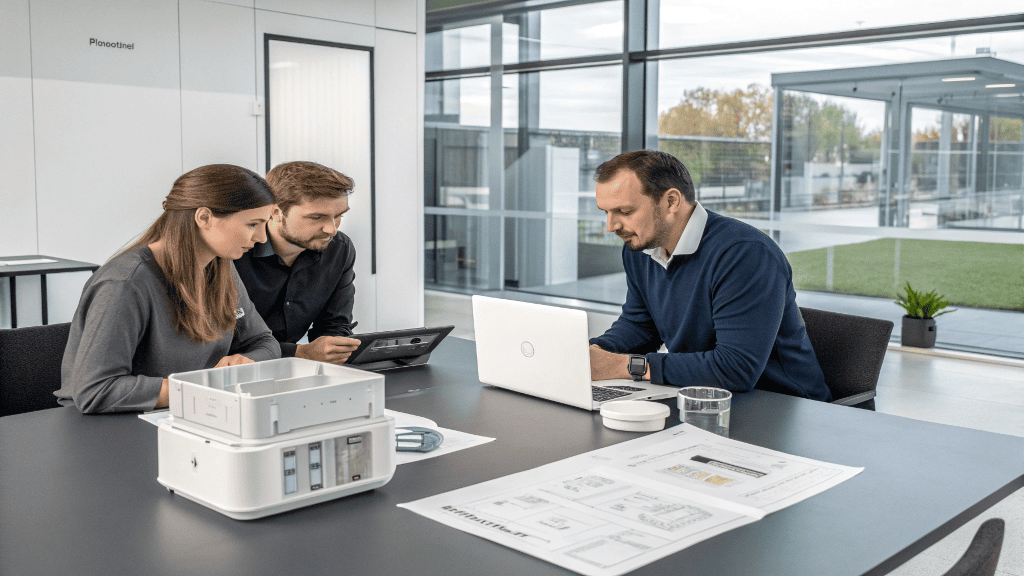
A productive first conversation should feel like a consultation, not a sales pitch. Your goal is to assess their technical depth and their commitment to partnership. Here is a starter checklist of questions.
1. Intellectual Property & Custom Molds
- "What is your process for private molds, and are you willing to sign an NDA?" (This is your non-negotiable first question, based on your crucial insight). A professional manufacturer will readily agree and have a standard process for this. If they hesitate, it's a major red flag.
2. Quality Control & Assurance
- "Can you describe your quality control process? At which stages do you conduct inspections?" A vague answer like "we check at the end" is not good enough. A reliable partner will describe a full-process monitoring system, with checks on incoming raw materials, during production, and on the final packaged goods before shipment.
3. Technical Capabilities & Experience
- "We are considering a PETG bottle with a gradient UV spray finish. Can you share examples of similar projects you've completed?" This tests their real-world experience. A good supplier will be able to show you samples and speak confidently about the technical challenges and solutions for specific materials and finishes. Our team, for example, could immediately show you dozens of examples and discuss the nuances of applying gradient effects on different polymers.
What are the biggest mistakes when packaging unique or irregular products?
You have a product that isn't a simple lotion or cream—maybe it's a solid serum, a dual-chamber formula, or an unusual shape. You're worried that standard packaging will fail to protect it or present it properly.
The biggest mistakes are choosing a standard container that doesn't fit the product's function, ignoring the need for custom protective inserts, and failing to prototype and test the user experience thoroughly before mass production.
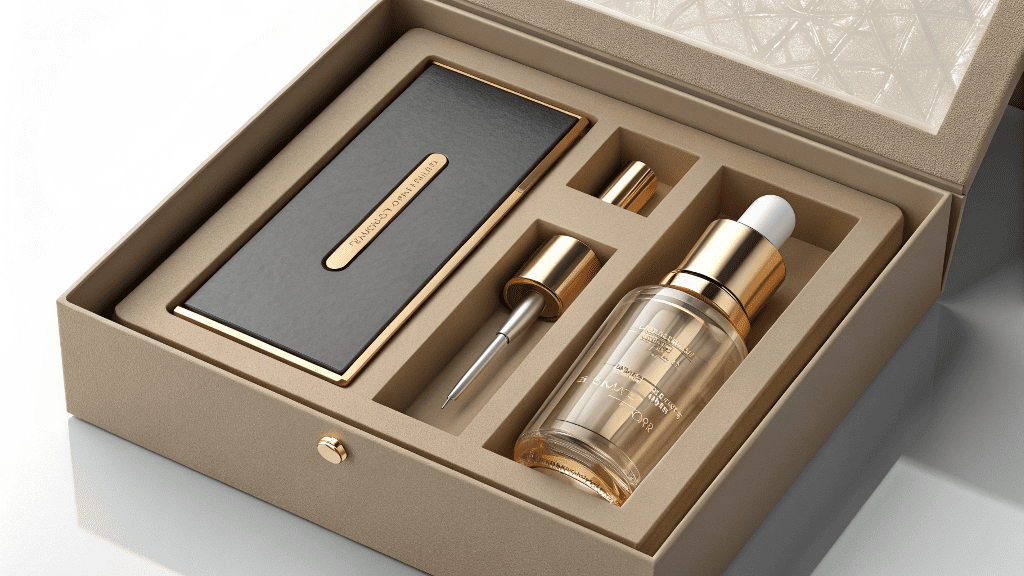
Irregular products offer a fantastic opportunity for differentiation, but they require a much higher level of packaging expertise. Standard "off-the-shelf" solutions often lead to failure.
1. Forcing a Fit
The most common mistake is trying to save money by putting a unique product in a standard bottle. A highly viscous oil in a standard pump will clog. A solid serum stick in a weak tube will break. The packaging must be designed for the formula's specific function and viscosity. This is a core part of your first insight: the packaging must be driven by the product's needs, not the other way around.
2. Neglecting In-Box Protection
An irregular product often won't sit securely in a standard box. Without a custom insert (made from cardboard, foam, or a molded tray), the product will rattle around during shipping. This leads to damaged goods, customer complaints, and a perception of poor quality. The "unboxing experience" for a luxury or unique item must feel secure and well-thought-out.
3. Skipping the Prototype Phase
With a unique product, you cannot predict the user experience. You must test it. How does the user open it? Is the applicator easy to hold? Does the dual-chamber dispenser work reliably? Using services like our industrial 3D printing for rapid prototyping is not a luxury; it's essential. It allows you to create and test physical models in days, identifying and fixing potential usability problems before you invest thousands in a production mold.
Conclusion
Successful packaging procurement is a process of diligent partnership, not just purchasing. By aligning your packaging with your brand, choosing a verifiable partner, and protecting your designs, you avoid costly mistakes and build a stronger brand.
Written by
Mike Lee
You may also be interested in:

How Can You Choose a Reliable Spray Bottle Manufacturer in China?
You need to source spray bottles from China to stay competitive, but you're terrified. You
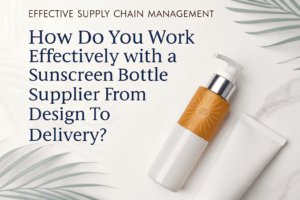
How Do You Work Effectively with a Sunscreen Bottle Supplier from Design to Delivery?
You have a vision for your sunscreen brand, but turning that idea into a physical
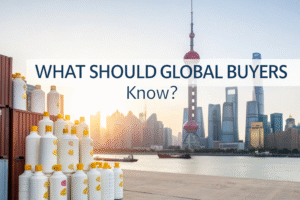
What Should Global Buyers Know Before Importing Sunscreen Bottles from China?
You need high-quality sunscreen bottles, and you know China offers competitive pricing. But the thought

How Do You Find Cost-Effective Cosmetic Packaging Without Sacrificing Quality?
You're trying to manage your budget, but packaging costs keep creeping up. You feel stuck